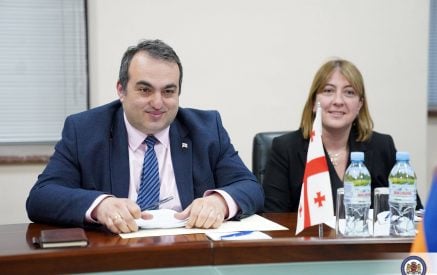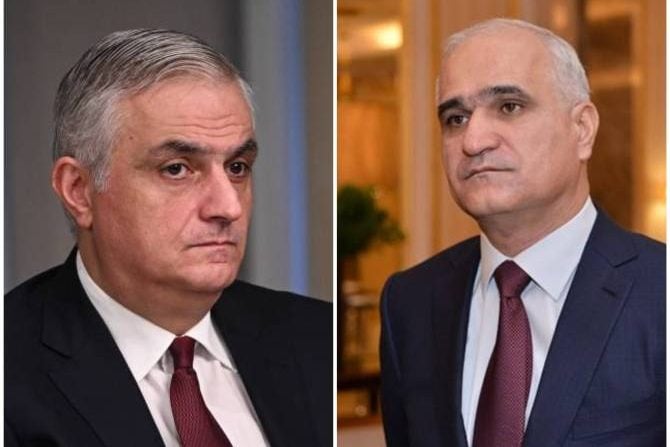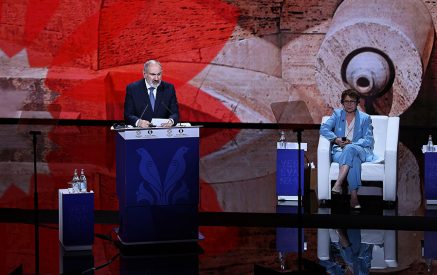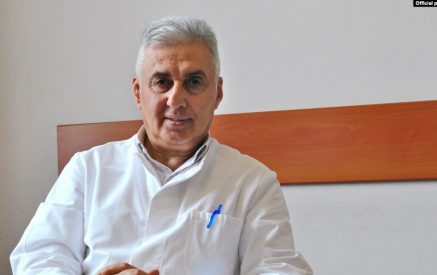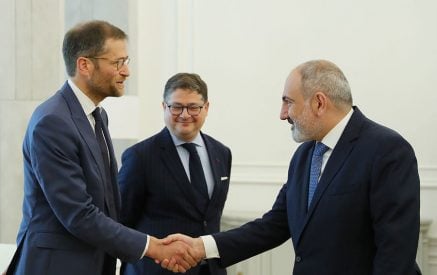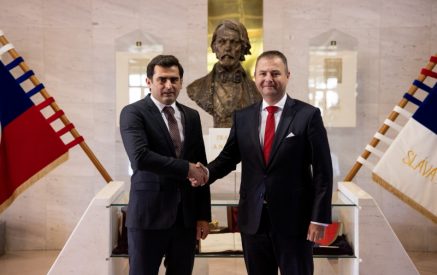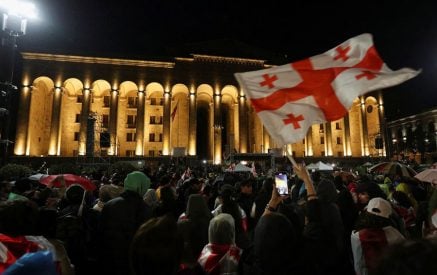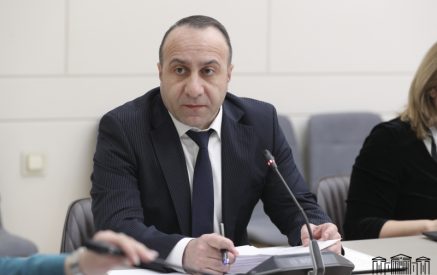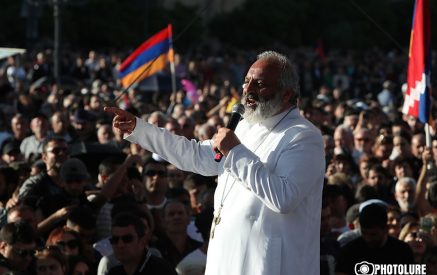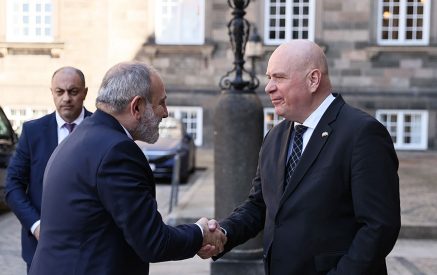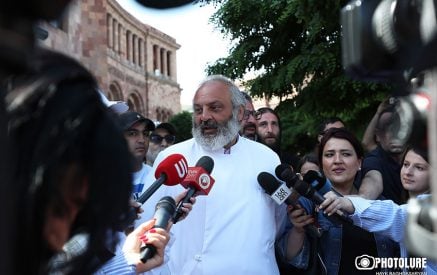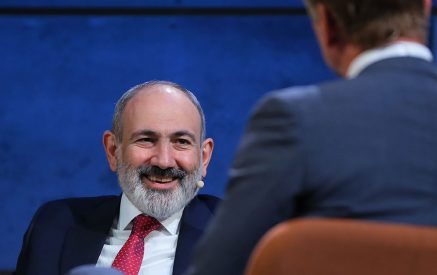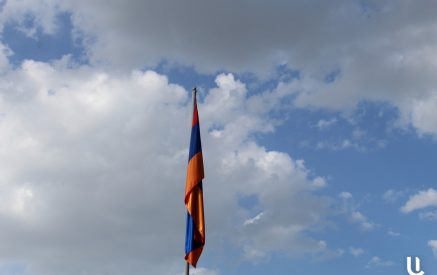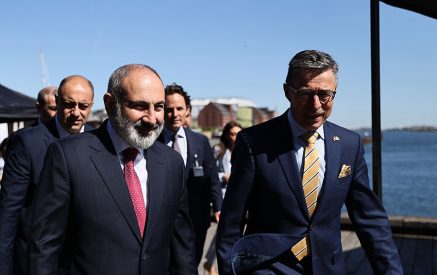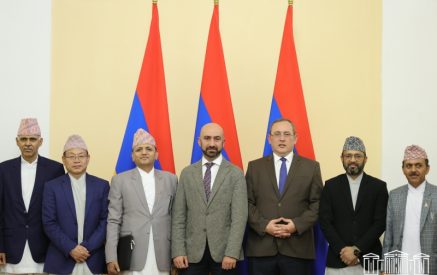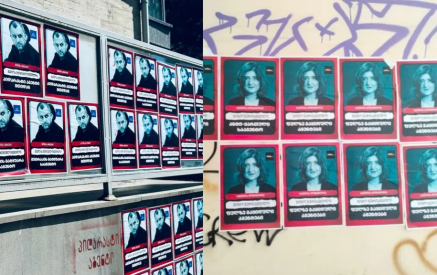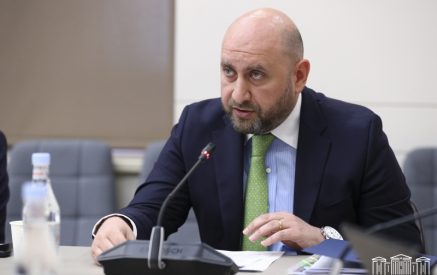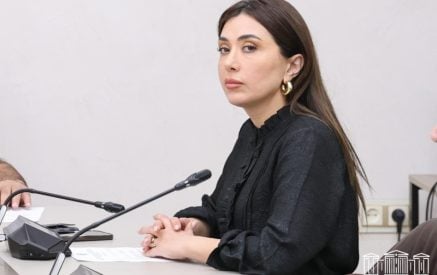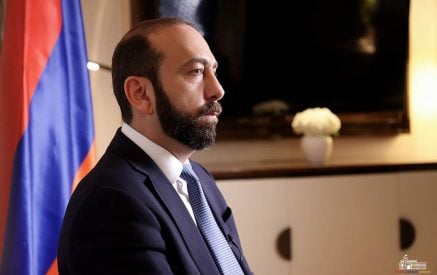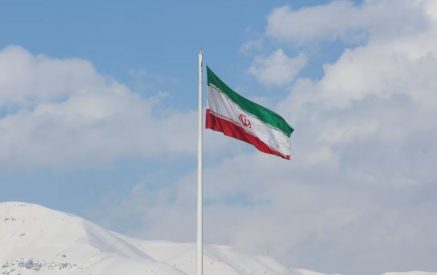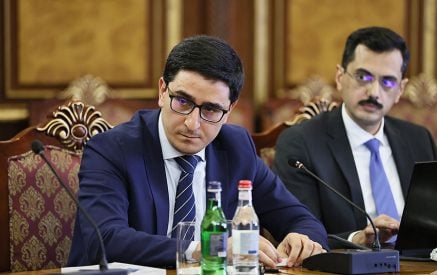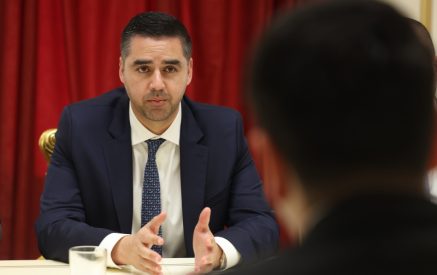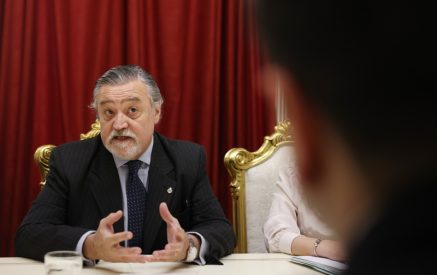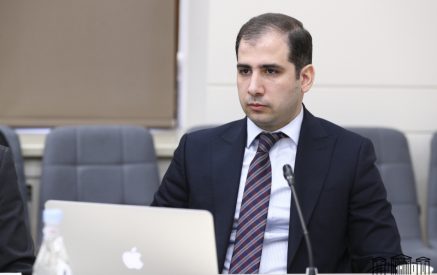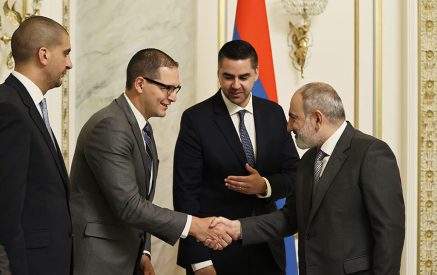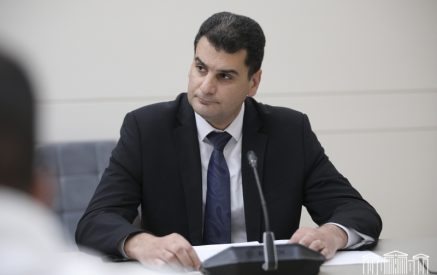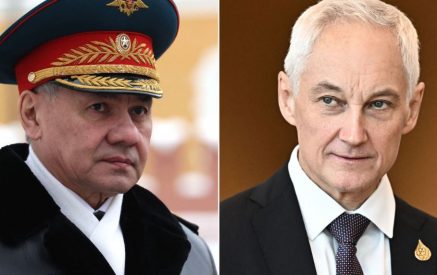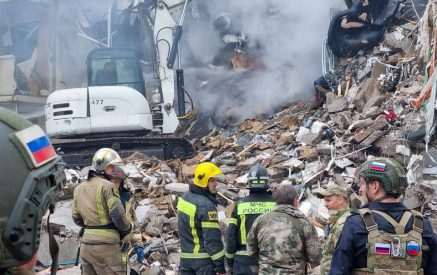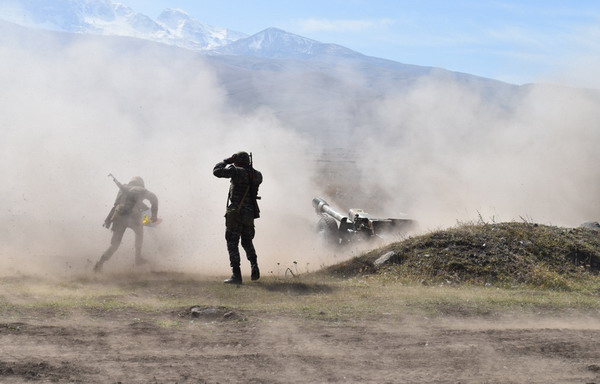BY MOVSES TER-OGANESYAN
On April 23rd, the citizens of Armenia succeeded in deposing former President (and short-lived Prime Minister) Serzh Sarkisian who sought a third consecutive term in office as Prime Minister. What became known as the “Velvet Revolution” was one of the handful of times in history that a leader of a nation conceded power by means of a non-violent uprising. The event was of immense symbolic importance, coming just before the International Day of Remembrance of the Armenian Genocide on April 24th. Many considered the movement, led by protest leader turned Prime Minister Nikol Pashinyan, the rebirth of a nation. While the episode was touted as an example of the “people’s will” overcoming authoritarian rule, the moment of instability wasn’t lost on neighboring Azerbaijan.
On June 12, Azerbaijan repositioned heavy military hardware and personnel to the Line of Contact (LoC) separating the Artsakh soldiers from Azerbaijan’s own armed forces. The mobilization was first detected on April 22nd and resumed once more on May 1st. Armenia’s involvement in the conflict can be circumscribed as the patron and security guarantor for the blockaded Republic of Artsakh. With a population of 147,000, the statelet has been self-governing since 1991, seeking self-determination and independence from old, yet internationally recognized, USSR borders.
At the start of the Azerbaijani mobilization, Armenian society was caught in the fervor of the revolution, choosing to ignore the developments at the border. Many posited that the evidence provided by the Artsakh army was a ruse by the ruling party to thwart the revolution. While the previous government was notorious for its corruption, these conspiracy theories shed light on how primitive and skeptical the nascent democracy still is.
On June 4, simultaneous to its troop movements on the LoC, Azerbaijan conducted joint military drills with Turkey in its Nakhichevan exclave. The exercise came weeks after Azerbaijan advanced on an estimated 15km2 of strategic heights in the no-man’s-land separating itself and Armenia. The territory, flanked by Iran & Armenia, with a tiny land bridge to Turkey, has no direct connection to the rest of Azerbaijan, but it’s about to get closer.
Turkish media recently announced a planned 244-square-kilometer rail line that would connect Nakhichevan to Kars through the Turkish city of Igdir. This would create a link between the exclave and Azerbaijan’s capital via the Baku-Tbilisi-Kars railway. The connection guarantees a faster and more reliable means of transport for troops, advisors, and weapons not only from Azerbaijan, but from staunch ally Turkey as well. At 60 kilometers from its arch-foe’s capital Yerevan, Nakhichevan remains a Democlean Sword hanging over Armenia. President Aliyev of Azerbaijan periodically threatens to use the exclave as a launching pad to raze Armenia’s capitol.
Armenian analysts have been warning of a pincer attack originating from Nakhichevan and Azerbaijan proper to cut off the roads that connect Armenia to Artsakh. These roads are the lifeforce of the internationally unrecognized republic. During the clashes of April 2016, it was through these roads that an estimated 7,000 volunteer fighters from Armenia and its worldwide Diaspora poured in to offer support, a fact Azerbaijan would be remised to ignore.
The success of the Velvet Revolution seems to have provided a momentary safeguard against a resumption in fighting. Indeed, the biggest security threat to the region was neutralized during the change of the old guard. Had war ensued deliberately or through miscalculation, it would have been much easier for Azerbaijan to claim it was Sarkisian launching an attack to maintain power via martial law. Conversely, had Sarkisian stayed at the nation’s helm, a provocation would have been on his shortlist of tactics to solidify his own position. There will be much less cause célèbre to the origins of an attack now that former president Sarkisian has stepped down.
The new Armenian leadership has cracked down on corrupt Members of Parliament, organized crime, and other unsavory vestiges of a past that Armenian society is eagerly ready to leave behind. Because of this, Prime Minister Pashinyan enjoys an approval rating that would be the envy of any leader of a Western democracy.
On the other hand, Azerbaijan has been ruled by the Aliyev family for half a century. Ilham Aliyev inherited the presidency from his late father 15 years ago and has clamped down on opponents and independent media; even earning the title of the OCCRP’s corrupt “Person of the Year.” The prospect of liberal reform in his country are slim, however, in this conflict, the side that does not evolve will remain disadvantaged.
Movses Ter-Oganesyan is a fellow at the Eurasian Research and Analysis Institute (ERA). His area of expertise encompasses the wider Caucasus and American Foreign Policy. He has previously been published in Forbes, The Hill, The National Interest, The Daily Wire and various other outlets. Follow him on Twitter and Facebook.


